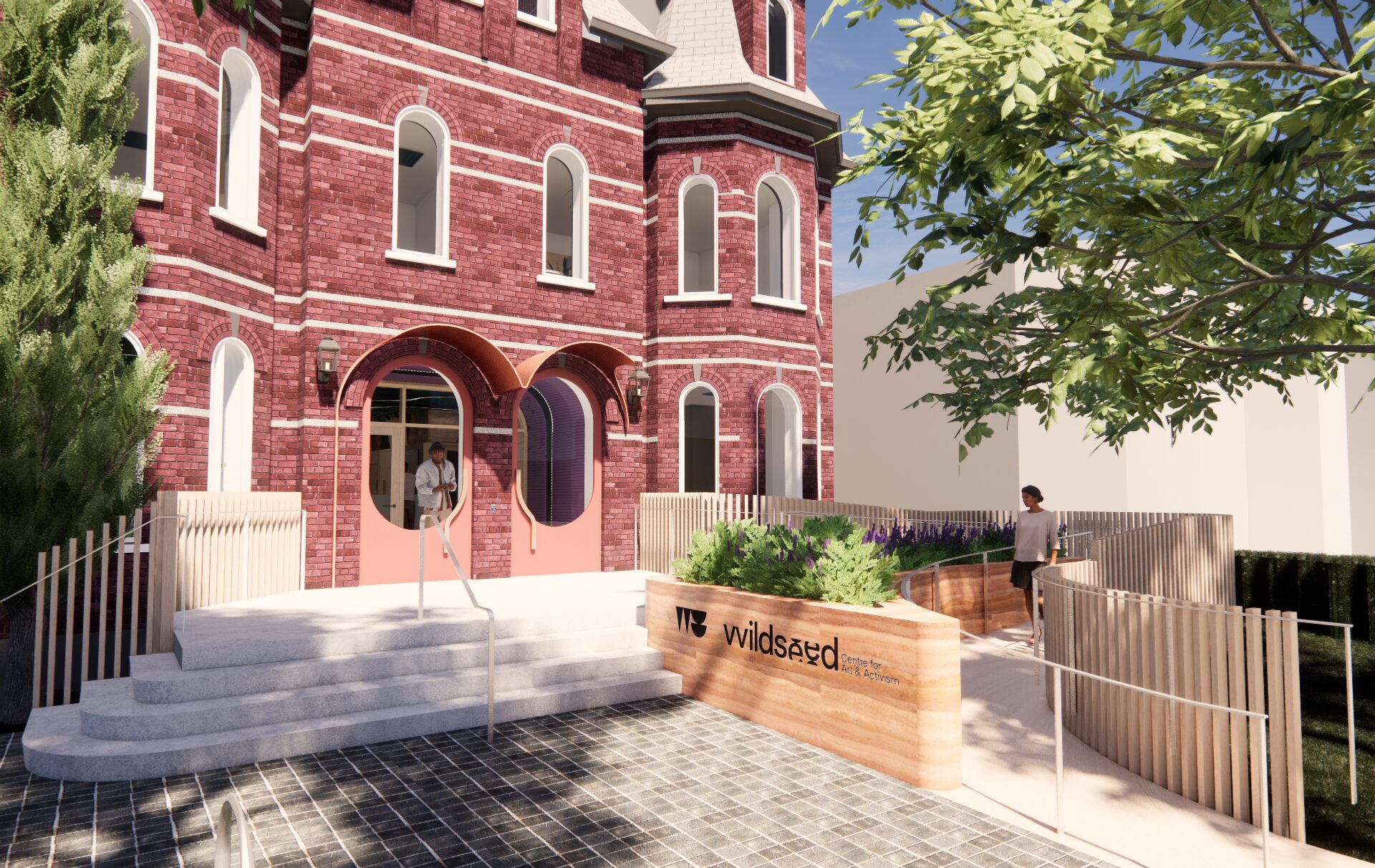
The ways in which various communities create, use and reappropriate spaces can expand our understanding of built environments. McGill-trained architect Shane Laptiste brings an acutely informed perspective to his collaborations with those who have historically been marginalized, one he’ll be able to share through his 2025 McGill Black History Month keynote address.
The principal and co-founder of the award-winning Studio of Contemporary Architecture (SOCA) and frequent instructor at McGill’s School of Architecture has much to say about the role of design in equity, diversity and inclusion.
“Buildings display our history. Many are reflective of the privilege, power and wealth of individuals. Furthermore, their designs were imposed on communities, a model that we’re working to flip.”
The messages of buildings and neighbourhoods
Those who attend Laptiste’s keynote will have a chance to see some of McGill’s spaces in a new light.
“Given the historical dynamics behind campus spaces like the Roddick Gates, the various buildings built from Redpath family’s sugar wealth, and the overall university being established by someone who held slaves, the physical spaces of McGill have been shaped by, and have shaped Black communities.”
Laptiste also wants people to consider the role of neighbourhood spaces and buildings, and what they say about the communities and individuals that occupy them.

“Though I’ve studied them from an architectural point of view, areas near McGill are also personal to me. My great-grandmother settled near Little Burgundy, living near what is now the Lucien L’Allier métro station. She was a domestic worker who went up the hill to work in the houses of Westmount. My grandfather opened an art gallery near the Montreal Museum of Fine Arts. And when I look at the old Royal Vic Hospital, I also see the place where I was born. These spaces are part of my story, but also sit adjacent to and are intertwined with sites of broader significance to my community.”
As an Architecture instructor, Laptiste has guided students to consider the role spaces play for communities. One that he continues to use as part of a studio class is the NCC Charles H. Este Cultural Centre in Little Burgundy.
“An important part of that process is getting students to understand the importance of establishing dialogues with communities as part of the design process. They need to consider narratives as well as intersections of identity, especially of those who’ve been traditionally marginalized.”
Sowing the seeds of change
An example from Laptiste’s current architectural practice is Toronto’s Wildseed Centre for Art and Activism. It’s under construction, soon to be the home of Black Lives Matter Canada. The community took the name Wildseed from the work of the science fiction writer Octavia Butler, who imagines a place where people not only gather but also define spaces and their own bodies for the better.
“The space is designed with a sense of care at the core, similar to legends that inspired Butler. The building is intended to provide a sense of safety for all, reflective of intersectionality, including for those with mobility needs or who are part of 2SLGBTQ+ communities. It also aims to provide a sense of peace, with an entry point designed to protect from the noise of the city outside, while creating a nurturing gathering space within.”
Design elements include attention to lighting, acoustics and accessibility, as well as art pieces being created by members of Wildseed’s community. Mindful of community history and values, choice of materials was essential.
“We chose materials that do not come from exploitation of communities or ecosystems. We also considered labour rights and community economic benefits as part of the design and construction process”
For Laptiste, some of this approach stands in contrast to architectural practices of the past.
“The big architectural ideas of the past tended to impose both function and emotion. For us, today, the approach is about how architecture can be supportive of both individuals and communities, how it can be at their service.”
To register for Laptiste’s keynote speech and the McGill Black History Month opening event, both Feb. 6, 2025, please click on this link.
To learn more about other events taking place throughout February, consult The Reporter’s Black History Month overview article.
